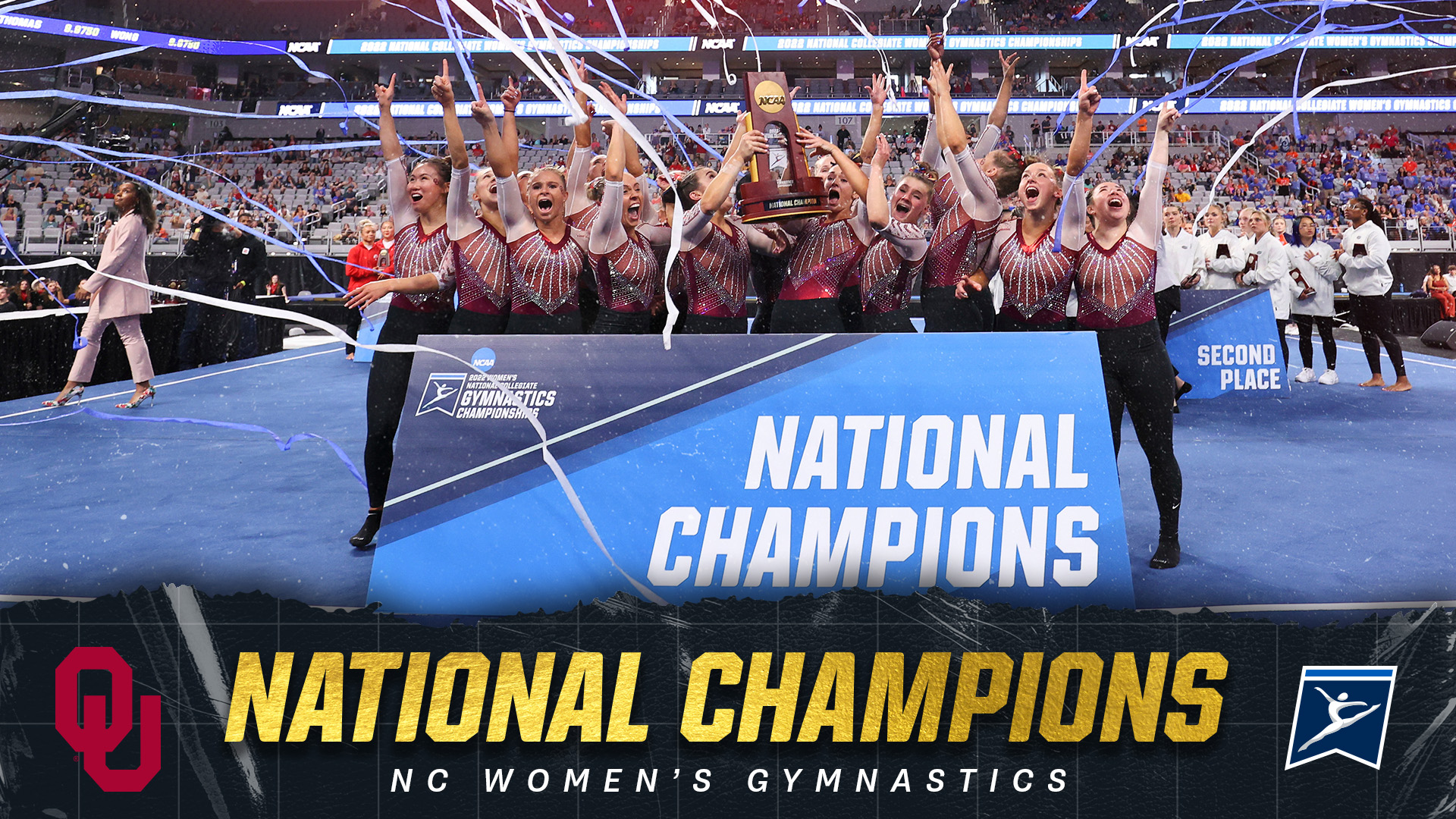Ragan Smith did not lack options when it came to choosing a college, as tends to happen when you’re an elite gymnast with a national title on your resume.
One option was unavailable to Smith. It doesn’t exist.
Texas, the site of this week’s NCAA women’s gymnastics championships, the state that’s produced Olympic champions Carly Patterson and Nastia Liukin and Simone Biles, the state that has over 20 colleges and universities currently classified as Division I, the state that features some of the most prominent gymnastics programs in the country if not the world, has exactly six women’s gymnastics scholarships available, all of them at Division II Texas Woman’s University.
That meant that Smith, who moved from Georgia to the Dallas suburbs as a 13-year-old to train at the gym owned by former world champion and Olympic bronze medalist Kim Zmeskal, had to leave Texas to compete at the Division I level.
“All these great clubs are in Texas, and you would think (the big schools) would have a program,” Smith said. “But they really don’t.”
Things worked out just fine for Smith, now a junior at Oklahoma. She and the Sooners will aim for their fourth national title in eight years on Saturday when they take on Florida, Auburn and Utah at Dickie’s Arena, the opulent facility located less than three miles from the TCU campus.
The Horned Frogs offer 13 varsity women’s sports, including equestrian, rifle and triathlon. Just not gymnastics.
It’s the same at Texas (which offers rowing, among others), Baylor (which has acrobatics and tumbling, a cousin of artistic gymnastics), Texas A&M, Texas Tech, Houston and Rice and all the rest. Contacted this week by The Associated Press, representatives at Texas and Texas A&M both indicated there are no plans to offer women’s gymnastics as a varsity sport.
[…]
There are 12 full scholarships available at Division I women’s gymnastics programs, with a move being made to potentially expand the number to 14. Throw in training, travel, coaching salaries and everything else, and it’s not cheap to launch a competitive team. Add in the ripple effects of Title IX — which requires “ athletic interests and abilities of male and female students must be equally and effectively accommodated ” — and the math can be tricky.
Still, there is hope in some places that women’s gymnastics can be “revenue neutral.” It’s a model LSU coach Jay Clark hopes his program can reach by the end of the decade, though the Tigers may be the exception. LSU is typically among the national leaders in average attendance and drew an average of 11,691 fans to their five home meets this season, tops in the country.
While adding scholarships could be a hurdle for potential programs to navigate, Clark sees it as a supply and demand issue.
“We haven’t had an increase since 1995 and the pool of talent has grown four-fold,” he said.
He’s not joking. Within the last decade the number of active Level 10 gymnasts — which comprises the vast majority of college athletes — has nearly doubled from 1,600 to nearly 3,100.
As you can see, OU’s gymnastics team went on to win that national championship, so indeed all worked out well for Ragan Smith. I confess, I had just assumed that schools like UT and A&M would have had women’s gymnastics programs, because why wouldn’t they? Sure, a gymnastics program might cost a few bucks, but have you seen what schools like these pay their football and (mostly men’s but increasingly now women’s) basketball coaches? If there’s one thing I expect these big schools at the Power Five conferences to be able to do, it’s extract enough money from TV networks, advertisers, and fat-cat boosters to cover whatever expenses they have and then some. Obviously, there hasn’t been the demand for that largesse to include these programs as yet. Given how popular gymnastics is overall, and how many alumni must have had daughters that competed in gymnastics as kids, I’m a little amazed by that.


Note to the Chronic: It’s “Dickies,” not “Dickie’s” … I hate it with more and more major media misusing apostrophes.